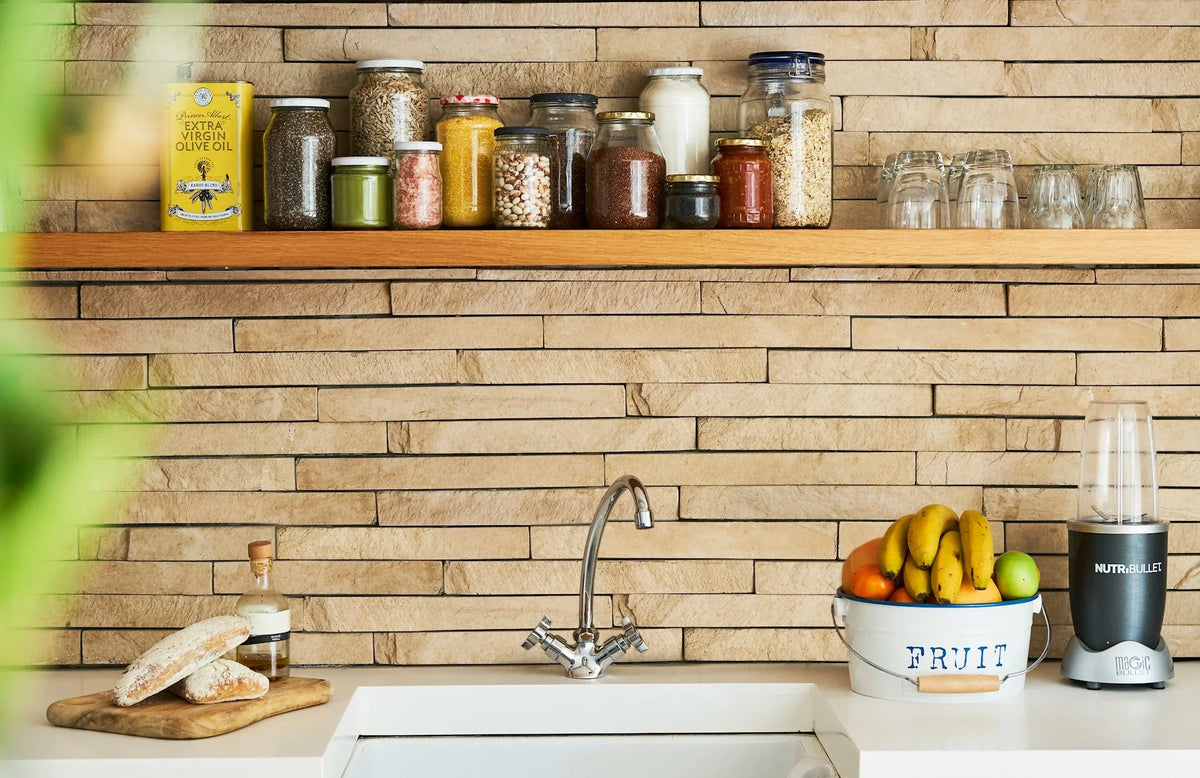First-time visitors to Georgia often want a clear, stress-free introduction that balances culture, nature and everyday comfort. Many begin in Tbilisi, where the airport sits close to the city centre and the compact Old Town allows easy walking between the sulphur baths, Narikala cable car and riverside viewpoints. Sustainable travel here means choosing walkable routes, local cafés and small hotels that support the community. Short trips to Mtskheta add historical depth without long drives, while Kakheti introduces wine traditions through slower, guided visits that reduce unnecessary transport. Some travellers combine Tbilisi with Batumi, using efficient internal travel rather than multiple flights. At Friendly Turtle EcoBlog, we encourage first-time visitors to travel Georgia responsibly by pacing itineraries, staying in family-run guesthouses, joining small-group tours and respecting local ecosystems. These mindful choices help reduce environmental impact while still offering a rich, authentic experience of Georgia’s cities, landscapes and traditions.
Share your articles with us and get published! Reach out at hello@friendlyturtle.com.
Design Your Dream Kitchen Sustainably on a Budget

Purchasing a home and getting the opportunity to design the kitchen of your dreams is a once-in-a-lifetime experience that takes a lot of planning but ends in a big reward. If you are planning on designing your dream kitchen but want to approach it from a sustainability standpoint as well as stay within budget, then follow these steps to get a kitchen you will love that won’t break the bank or suck up the Earth’s resources.
Prioritize Energy Efficiency
In the beginning stages of kitchen design, you will have to make decisions about where you want outlets, what kind of technology you want in the kitchen, and how you will use energy in the kitchen once it is finished. To start off on the right foot regarding sustainability, it is important to choose appliances like a dishwasher, fridge, and oven that operate on reduced energy and water consumption compared to standard models. When shopping for these appliances, keep your eye out for the “Energy Star” label as this will tell you if the appliance is energy efficient or not.
When planning your budget, consider the fact that these types of appliances may have a higher upfront cost, but will save you on energy and water bills in the long run. If your budget is tight, prepare to allocate a good chunk of it to these eco-friendly appliances.
Plan Thoughtfully
Everything from the layout to the use of space should be planned out ahead of time so that you have a good idea of what everything is going to cost. You can start this thoughtful planning by considering your lifestyle, the space you have for the kitchen, and how you use the kitchen on a daily basis. This will help you determine what features and appliances should go where. Essential features like kitchen sinks can make the difference when trying to create a functional kitchen. The sink is often the focal point of the kitchen, so the location will determine how everything else falls into place. The type of sink you go with is also important in terms of water conservation and sustainability. Find a sink setup that uses the least amount of water without compromising water pressure.
Choose Sustainable Materials
Before you begin building, talk to your contractor about sustainable material options. This can include reclaimed or recycled wood, bamboo, recycled glass, and other salvaged materials. Recycled wood or bamboo are great sustainable options for cabinets and flooring while recycled glass can be used to create fun countertop designs. By using recycled materials or materials like bamboo which grow fast, you are helping keep the rate of deforestation down and decreasing the amount of materials that end up in landfills.
Repurpose and Refurbish
If you are renovating an existing kitchen, it is better to find new ways to repurpose existing materials instead of just ripping everything out and starting from scratch. Doing things like repainting cabinets and resurfacing countertops can go a long way in saving you money and making your kitchen look completely transformed.
Incorporate Natural Light
Making sure your kitchen is in a place in the house that gets a lot of natural light means that you can work in there throughout the day without having to turn on the lights. This is a big money saver that is also great for sustainability. If you are starting from scratch, choose the location of the kitchen based on the direction of the sun so that you get as much natural light in there as you can.
DIY Where Possible
As you put the finishing touches on your kitchen, there are certain tasks that you can allocate to yourself in order to stay within budget. Things like installing hardware on the cabinets and doors and putting in backsplashes are easy to do after watching a few YouTube videos. This way, you will acquire a new skill and avoid hiring someone for a day’s work as you near the end of your design process and scrape through the rest of your budget.
Other DIY projects can be done long after the kitchen is finished as your tastes change and you want to add more features. Having your own bank of knowledge for home projects will help you with tasks that span far past the kitchen. You will soon find how self-sufficient you can be in your own home renovations and designs and your wallet will thank you.
Designing your dream kitchen sustainably and on a budget is entirely achievable if you know where to source materials and which appliances to get. These steps will help you figure out what is worth investing in and how you can save money in other places while designing the kitchen of your dreams.
0 comments
Let customers speak for us
Blog posts
A calm, multifunctional garden can be more than a pretty backdrop it can become a practical extension of your home that supports slow mornings, outdoor meals, and genuine downtime. In this Friendly Turtle EcoBlog guide, we look at simple, sustainable ways to shape an outdoor space that feels organised, welcoming, and easy to use throughout the week. Start by creating clear “zones”: a quiet seating corner for reading, a dining spot for relaxed lunches, and a flexible open area for play or potting. Light-touch structures, such as an airy pergola or a sheltered veranda, add definition without blocking daylight, making the garden usable in changeable weather. Keep the mood restful with layered planting: evergreens for year-round structure, seasonal flowers for colour, and lightly scented herbs near paths. Choose reclaimed or recycled materials where possible, add soft warm lighting, and reduce water waste with mulch and a simple rainwater butt. The result is a garden that feels calm, functional, and kinder to the planet.
Finding the right mental health support in Woodland Hills starts with checking credentials, treatment approach and access to care. Look for licensed clinicians with training in evidence-based therapies such as CBT or DBT, and ask whether programmes offer coordinated psychiatry, talking therapy and crisis support when needed. The best providers also explain your options clearly, from outpatient sessions to more structured day programmes, and may include complementary practices that support recovery, such as mindfulness, movement and nutrition guidance. At Friendly Turtle EcoBlog, we often explore how everyday choices shape wellbeing; this guide applies the same practical lens to mental health care, helping you compare services, understand what ‘holistic’ really means, and choose a setting that feels safe, respectful and tailored to your needs. It also highlights practical questions to ask about availability, confidentiality, fees and insurance, so you can make a confident, informed decision.



